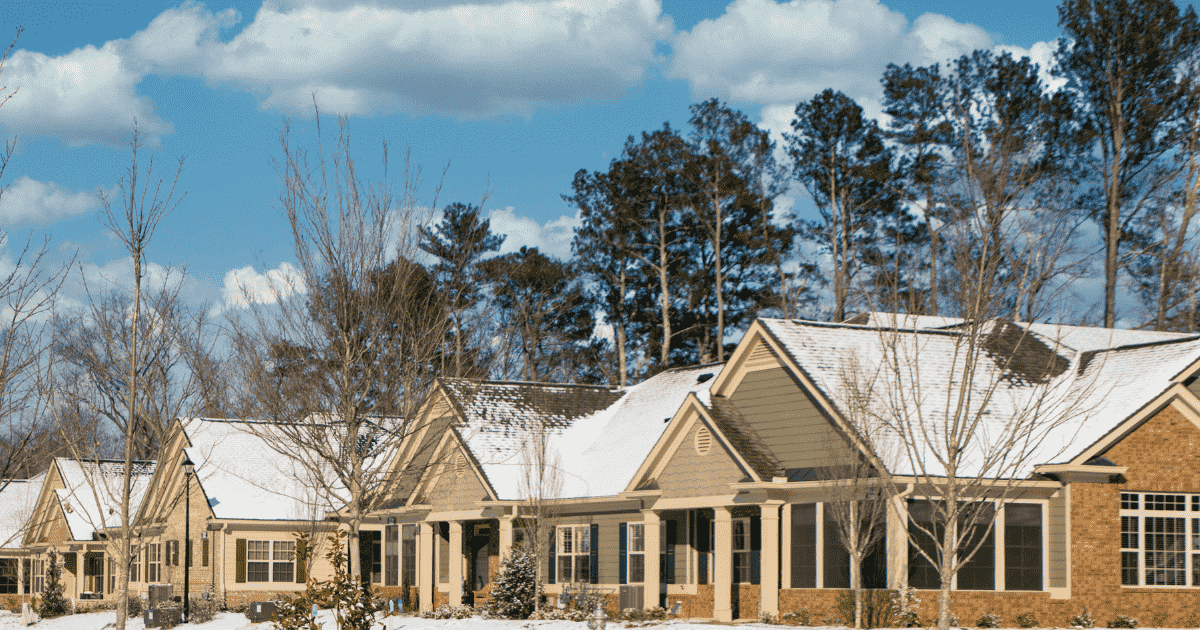SAP Labs Canada is the first business in the country to receive the Accessibility Certified Gold rating under the Rick Hansen Foundation Accessibility Certification (RHFAC) program for its Vancouver office building.
There is currently no unified standard for measuring accessibility in Canada, but one in seven Canadian adults identify as having a disability.
The RHFAC is a LEED-style rating system – the first of its kind in Canada – to bring a national standardized measurement to help owners and tenants consistently evaluate the physical accessibility of their buildings. The rating system determines the accessibility of commercial, institutional and multi-unit residential buildings. Buildings that reach specific levels are recognized as being Accessibility Certified or Accessibility Certified Gold. More than 800 buildings across B.C. are registered to be rated.
SAP Labs Canada is one of the businesses that integrates accessibility into every aspect of the site’s design. In doing this, SAP has removed barriers and improved accessibility for its 1,400 Vancouver employees, says the foundation.
Among the features that helped the SAP site on Mainland Street in Vancouver earn its gold rating include the use of highly visible wayfinding signage and visual markers; interior corridors that allow two people with mobility disabilities to travel side by side; adjustable furniture and spaces that accommodate people of varying abilities; an accessible fitness area and showers; a refuge area for emergency situations; a wheelchair lift; and elevators with braille.
Speaking at an event to celebrate SAP’s achievement, Rick Hansen, Founder and CEO of the Rick Hansen Foundation, said, “The accessibility movement is building momentum. With an aging population, a growing number of people with disabilities and federal accessibility legislation on the way, businesses need to accommodate people of varying abilities. Improving accessibility and supporting people with disabilities is not only a charitable and a human rights issue, but an economic imperative.”














